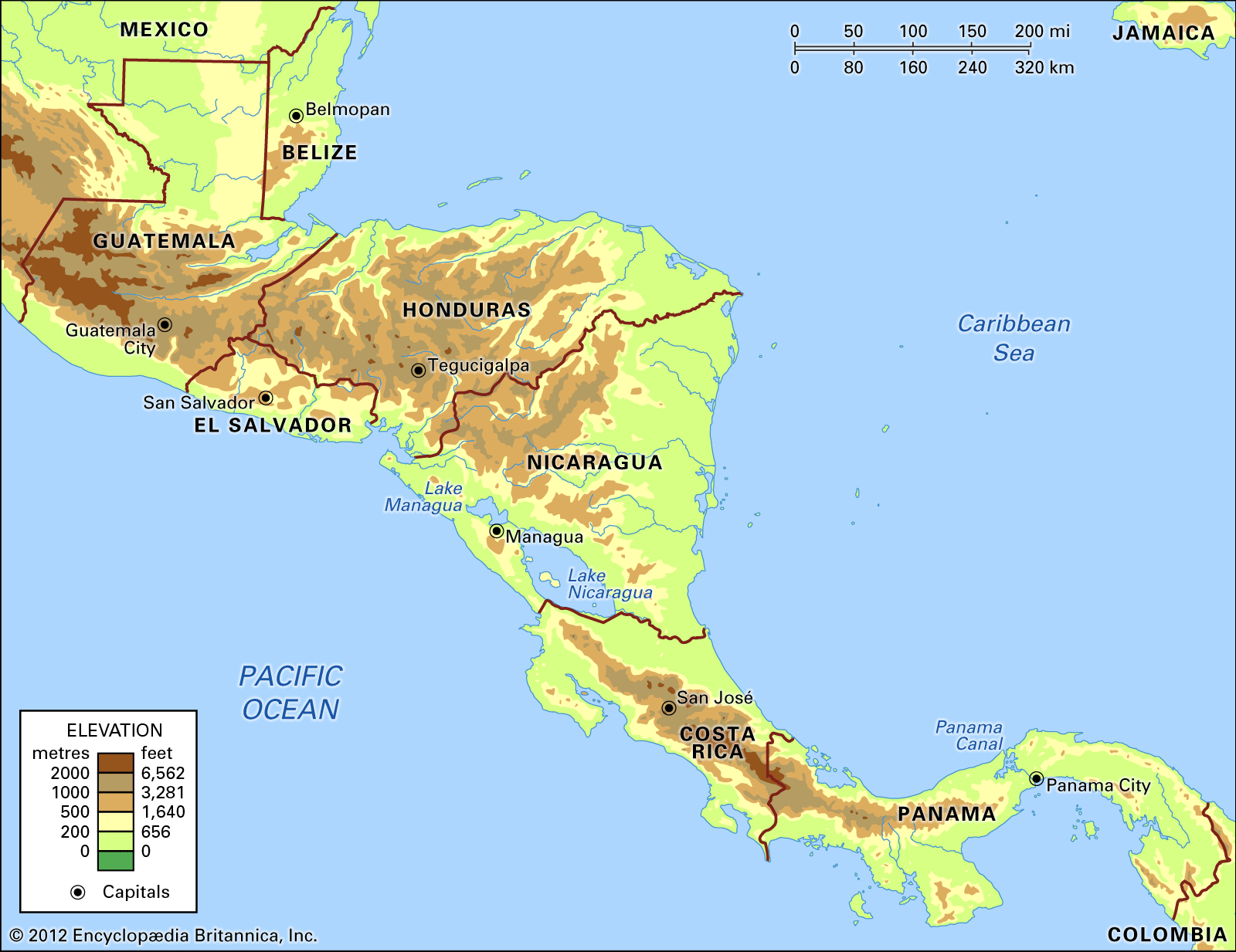Celebrated every year from September 15 to October 15 in the US, Hispanic Heritage Month traditionally honors the cultures and contributions of people whose ancestors came from Spain, Mexico, the Caribbean, and Central and South America.
Who came up with the idea?
Originally, Hispanic Heritage Month was supposed to be Hispanic Heritage Week when it was first introduced by California congressman George E. Brown. The idea emerged in 1968 when awareness of the US's multicultural identity was rapidly growing, and so was the push to recognize the achievements of the Latinx community. A few months after, 36th US President Lyndon B. Johnson released the first Hispanic Heritage Week presidential proclamation (i.e. announcements of policy from the President) the same day.
However, 19 years later, the US. Representative Esteban E. Torres of California proposed to extend the celebration to a 31-day period. Torres wanted more time so that the US could “properly observe and coordinate events and activities to celebrate Hispanic culture and achievement.”
Why is September 15 the first day of the celebration?
September 15 was chosen as the first day because that's when five Central American countries - Costa Rica, El Salvador, Guatemala, Honduras and Nicaragua, declared their independence from Spain in 1821. Other countries in the Central and South Americas - Mexico, Chile and Belize - also celebrate their independence this week.

[Cover Image Credit: Getty Images]